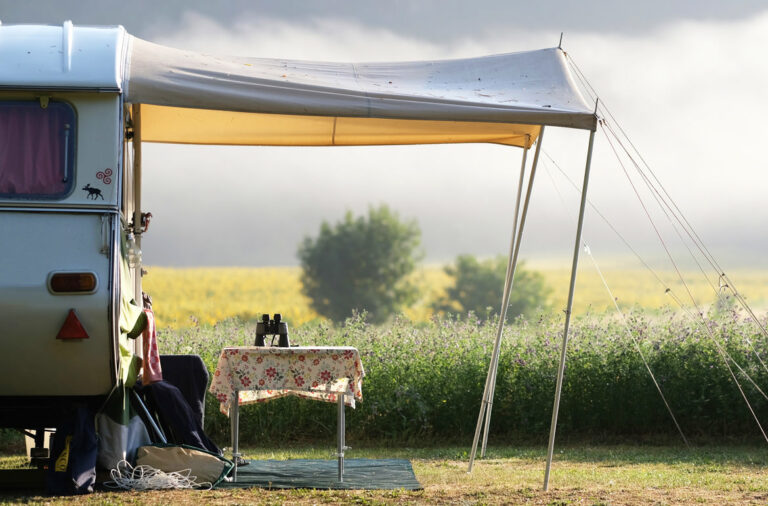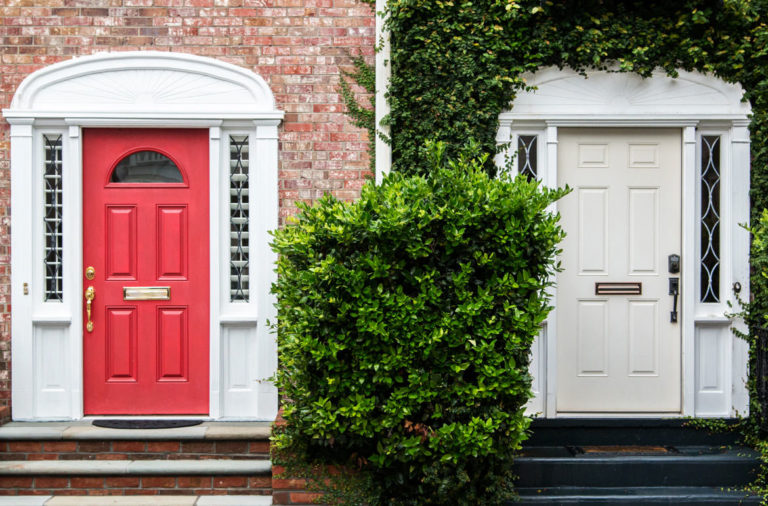
When planning on building a granny flat, you need to ensure your development is approved. So, how do you get approval for a granny flat?
Depending on your property and its’ location, you may have two options – via a Development Application (DA) or Complying Development Certificate (CDC). However, both approval pathways require a Council certifier or private certifier to give you the final tick of approval.
So today I will cover the steps required for successful granny flat approval.
DON'T PAY A FORTUNE FOR YOUR GRANNY FLAT. Find out how to deal with council and build a granny flat for the lowest cost possible. Learn More.
I will answer a commonly asked question, one that worries many people – what happens if your granny flat is not approved? I will also cover how to fix any issues that arise during the process and how to get around them.
Finally, I will give you examples of what you should avoid to speed up your approval process.
Steps Required (in order) To Pass for Successful Granny Flat Approval
Below is a step-by-step guide to getting your granny flat designs approved, and then getting the finished building approved.

Be sure to follow the steps below
1) Do Your Research – The first thing you should do is contact your local Council and find out your regulations. A good way to do this is by getting a copy of your Section 10.7 (formerly known as the Section 149) Certificate.
Known as zoning certificates, these are legal documents containing information regarding:
- How your property may be used
- Any development restrictions that apply
Other important questions to ask the Council is how big your property must be and your setbacks. You can also enter your property address in the NSW Planning Portal. This will show you what planning constraints and zoning rules affect you.
Doing your research early will stop you making plans only to be disappointed when refused later.
2) Begin Your Approval Process – You may have the choice of one of two options, a Development Approval (DA) or Complying Development Certificate (CDC). For the difference, and to decide which is best for you, refer to my article “Granny Flat Complying Development – The Definitive Guide“.
All necessary application forms can be obtained from your local Council or downloaded from their website.
3) Engage the Assistance of Professionals – If applying for a DA, you may need to enlist the help of professionals. Architects, surveyors, or engineers can all assist you in gaining the required compliance. A local draftsperson will also be able to provide professional drawings that will be accepted by your Council.
4) Have Your Plans Checked by a Certifier – Make sure all your plans are in order. Then, you can have someone to certify that your dwelling is exempt development.
This can be done by the local Council or an accredited private certifier, the choice is yours. Basically, a private certifier is a little more costly. A Council certifier has a little more leniency but are harder to book, so must be organised in advance. If the certifier approves of your plans, they will file an exempt development certificate.
5) Get the ‘Sign Off’ from a Certifier
You were effectively issued your Construction Certificate (CC) after the certifier visited the first time. A CC must be granted before you start building.
It ensures your proposal is compliant with the approved DA/CDC. So, you may now start building your granny flat. Upon completing your development, the certifier will revisit. This is a final check to ensure you followed the plans you submitted.
They make sure everything was completed legally, and that the final granny flat is safe to live in. If your certifier is content you have sufficiently built a safe dwelling, they will issue you with an Occupation Certificate (OC) – A document stating the building is suitable for occupation.
That’s it – your granny flat is finished and has been successfully approved!
What Happens if Your Granny Flat is Not Approved?
If your granny flat is not approved as:
- An Exempted Development (Step 4)
- You will need to follow the Development Application (DA – Steps 2-3) process for approval. Yes, this can even occur once the construciton is completed.
However doing it this was is very risky and not recommended at all, as if not approved in its current state, Council can force you to demolish your secondary dwelling.
In this instance it may help to enlist the assistance of a professional certifier. As an expert in the industry they may be able to find and fix your errors. They will also be able to help you submit the necessary DA paperwork to the Council.
How to Fix Issues to Approve Your Granny Flat?
Your granny flat is approved using a certifer and gaining an exempt development. All issues with your property are rectified in a similar way.
For example, if your property is located in Bushfire Prone land, then a bushfire analyst can be involved to;l
- Assess the bushfire zones on the property
- Assess the level of risk for a bushfire on the property
- Assess your BAL Fire Rating
For thorough explanation of how to resolve these issues, please see my blog “Granny Flat in a Flood Zone”.
What Parts of Your Granny Flat Build Don’t Require Inspection
Your granny flat is inspected closely by the certifier (private or local Council), after it has been built.
This is done to make sure you have followed the plans you first submitted.
Inspections are made to:
- Drainage
- Any water reuse (installation of Tank water if specified on your BASIX report)
- All fixtures and fittings
However, there is no inspection required for completed landscaping, if plants are still growing or the lawn is filling in. There is also no inspection required of fencing around your granny flat if you want to separate it from your main house. That is your choice.
Examples of What to Avoid in Order to Speed Up Approval
It is important you do your research before you build a granny flat. Don’t rush into making plans without the appropriate knowledge.
Don’t assume that just because your neighbour has one, you’re allowed to have one as well.
There are some questions you’ll need to find the answers to, to make sure your development is successful.
Regulations vary between states and local Councils, some of the most important being:
- Block size
- Development size
- Setbacks
- The distance you’ll need to leave between the granny flat and any trees on your block
- The space you’ll need to leave between the secondary dwelling and your main home
In NSW, your property must be a minimum of 450sqm and the dwelling a maximum size of 60sqm. In most states when building a granny flat, 60 square metres is a good limit to stick to.
However, if you want to build something bigger, you can contact your Council for their regulations, as it may range up to 90sqm.
Also, check all the conditions on your property and its’ restrictions, regarding:
- Hazard risks (for example bushfires, flooding, mine subsidence, landslip etc.)
- Zoning and land use under relevant local environmental plans (i.e. whether the land includes critical habitat, conservation area, heritage, etc).
Conclusion
The process for getting a granny flat approved is relatively easy, as long as you take the time to do thorough research.
Contact your local Council and find out all of your regulations, including;
- Necessary property size
- Maximum secondary dwelling size
- Setbacks required from boundaries, trees and the main home
Whilst speaking to the Council, get a copy of your Section 10.7 (formerly known as the Section 149) Certificate. This document will give you all the information on how your property can be used, and if it has any development restrictions.
Now you have gathered all the necessary knowledge, you can begin your approval process. You may have the choice of applying for approval by a Development Approval (DA) or a Complying Development Certificate (CDC).
A DA is an approval process upon where you submit a variety of information to your local Council for their assessment. A CDC is a a streamlined process that bypasses the local Council and is instead assessed against SEPP.
Whilst the CDC is faster and easier, a DA allows for more flexibility. To find out which is the best approval pathway for you, please refer to my article “Granny Flat Complying Development” .
If applying for your granny flat to be approved via a CDC, you may find the NSW Government’s Application Document Checklist useful.
Whilst making your plans to build your granny flat, you may need to engage the assistance of professionals. Architects, surveyors, engineers and local drafts persons can all assist you in gaining successful compliance.
When you have your plans in order, you can then contact a certifier – either the local Council or an accredited private. They certifier can provide you with your Construction Certificate (CC) or Complying Development Certificate (CDC).
Once you have this, you can start building. Upon completing your development, the certifier will revisit.
This is when they check that you followed your initial set of plans, and that the building is both safe and legal. If your certifier is content with your secondary dwelling, they will give you with an OC, which states the building is suitable for occupation.
Hopefully this article has summarised the approval process for building a granny flat in uncomplicated terms for you. Just remember that even if your application is not approved initially, you can try again through the DA process.
So, I hope today’s article has also motivated you to start designing your secondary dwelling!












